
ABOUT SCOTT FRANKLAND
Scott Frankland is Head of Content at Sengerio. His spirit of inquiry leads him to the world of transportation and mobility to connect with the industry’s leading experts and shine a light on the hot topics.

From the hundreds of uncontrolled forest fires that recently blazed across Canada, threatening critical infrastructure, forcing evacuations, and sending a blanket of smoky air wafting over U.S. cities, to the humanitarian aid offered during times of war, transport plays a central role in disaster-relief support.
From wildfires to flooding, disasters come in all shapes and sizes, each with its own characteristics which can sometimes bring a great deal of damage to local communities and even endanger lives.
When crises and disasters do strike, our attention often turns to the brave individuals and teams who provide the first line of support; emergency management teams, doctors and nurses, and many other volunteers that work tirelessly to rebuild communities.
While these roles are critical, there is another element to this whose role is just as crucial in providing support when a crisis occurs. Transportation has an invaluable contribution during emergencies and is a vital component of disaster management and community resilience.
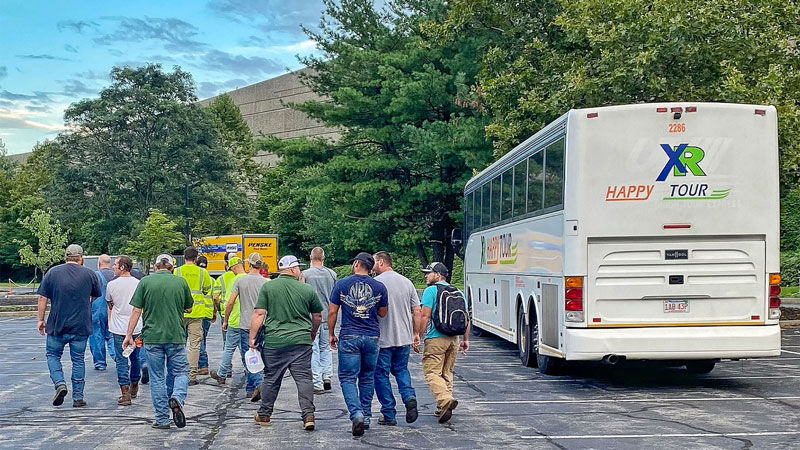
Fleet providers in particular (motorcoaches, minivans, and school buses) can quickly mobilize and transport large numbers of people affected during catastrophic events. It is this flexibility that can provide numerous ways of supporting people when in difficult situations.
Next up on Sengerio, here’s a guide on how transport companies can expand the scope of their services to support their local communities in the event of a disaster. But before jumping in, we need to look at some of the dynamics that go into crisis management to understand where bus companies come into the picture.
Given the very nature and scale of a disaster, navigating an emergency scenario often involves an intricate collaboration among various governmental and non-governmental entities, including those at the local, state, and regional levels.
Therefore, for transport providers wanting to offer their services in the event of local disasters, it’s important to understand the dynamics of the different entities that coordinate disaster response in order to see where transport services come in.
In the United States, it’s the Governmental agencies that are responsible for overall disaster management coordination and policy-making (in addition to the military and defense forces). From here, the central power then branches out into smaller, more local authorities that navigate crisis management within their jurisdictions.
For example, the Federal Emergency Management Agency (FEMA) is a key agency in coordinating emergency response at a national level. In fact, the Post-Katrina Emergency Management Reform Act of 2007 authorized the use of federal funds to develop catastrophic mass evacuation plans.
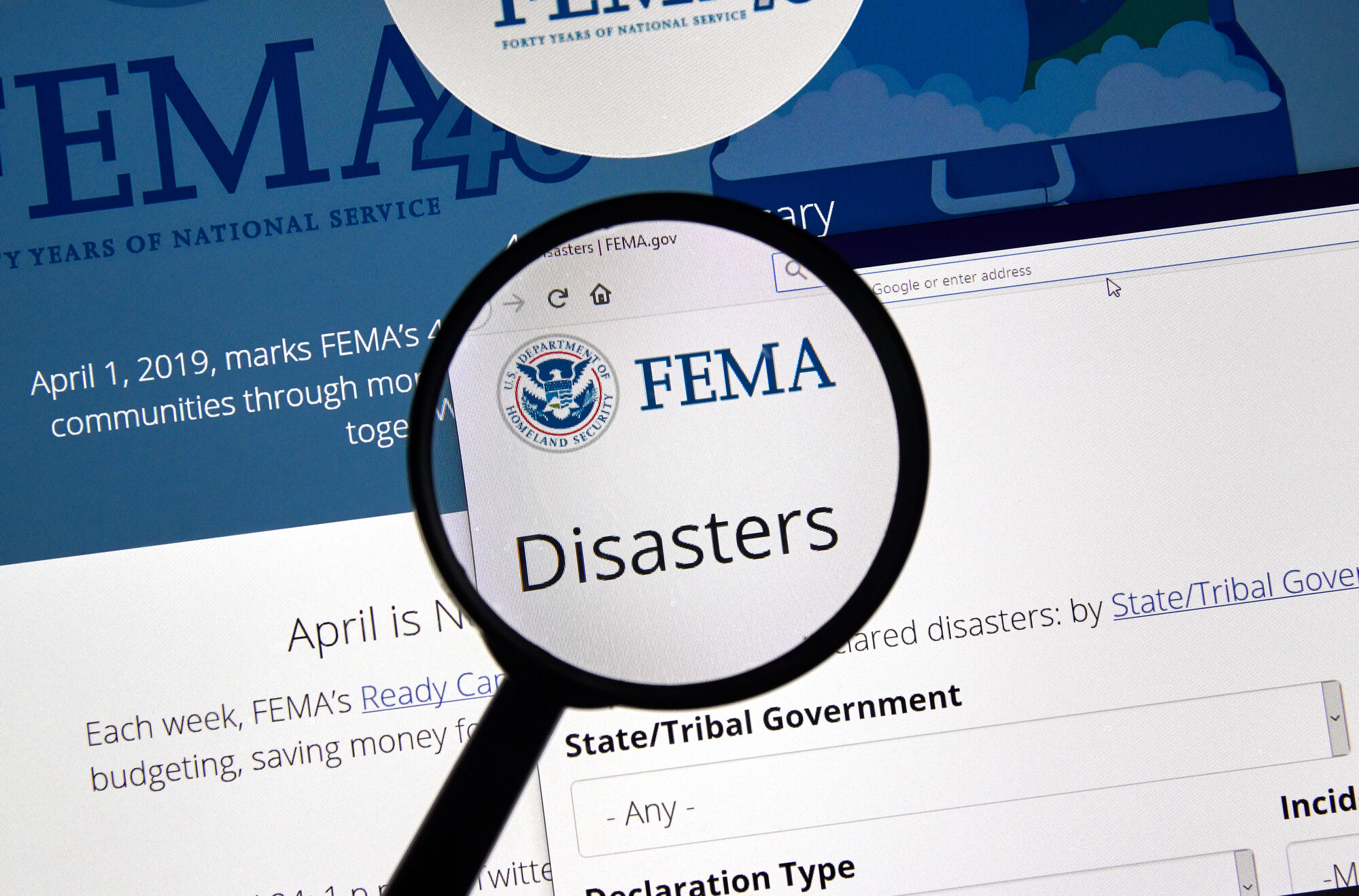
State authorities, such as the California Governor's Office of Emergency Services (CalOES) which serves as California’s leadership hub during all major emergencies and disasters, coordinate with federal and local governments to determine destinations for evacuees. They also coordinate the flow of transportation companies in the private sector to assist in the implementation of mass evacuations and save people from catastrophes, whether they be natural or man-made.
On top of governmental organizations, there are also Non-Governmental Organizations (NGOs) such as the American Red Cross and Red Crescent Societies. NGOs provide a vast array of humanitarian aid for crisis-hit communities.
And last but not least, there are also many other volunteer groups and community organizations that prepare their volunteers to assist during disasters.
The National Voluntary Organizations Active in Disaster (NVOAD), for instance, is a coalition of the major national voluntary organizations that have made disaster-related work a priority. Collectively, NVOAD and its members promote cooperation, communication, coordination, and collaboration, and foster more effective delivery of services to communities affected by disasters across the U.S.
In general, transport providers wishing to find out more about how they can offer their fleets in the event of a disaster can reach out to their local transit authorities or Governing agency to learn more about their emergency plan.
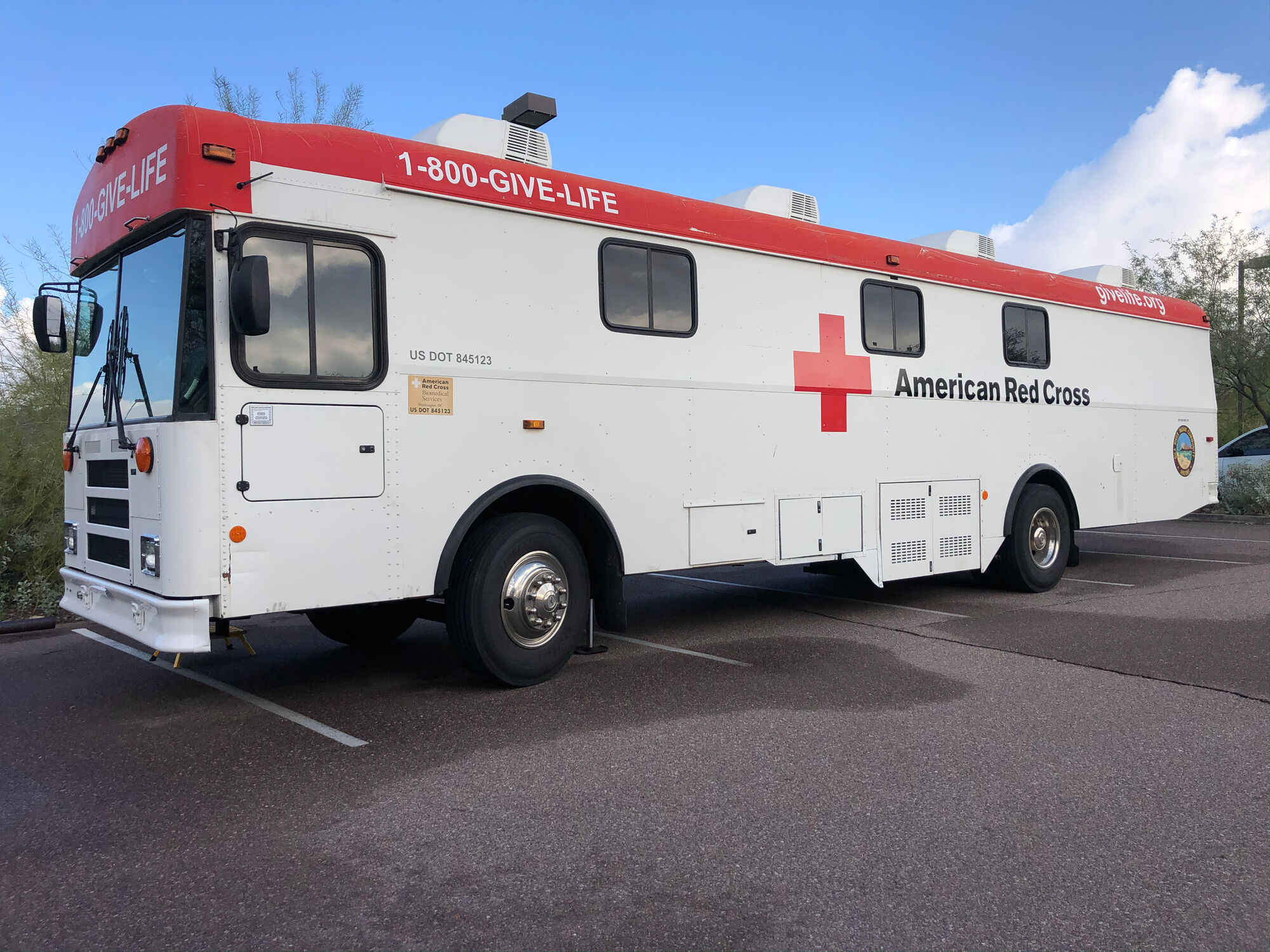
Disasters are complex in nature and come in all shapes and forms. As a result, managing an efficient relief plan requires a multi-faceted approach.
That means disaster-relief coordinators, both governmental and NGO, have to consider many components to put together a strategic response team. More often than not, transportation is part of the backbone of such plans.
For this reason, many emergency response organizations are actively searching for ways to team up with private and public bus providers to expand their resource base when disaster strikes.
Such providers can actively participate in emergency response planning at the local level, including contributing to the development of evacuation plans, identifying evacuation routes, and establishing protocols for mobilizing buses and drivers during emergencies.
For bus providers curious to understand how their fleets could play an important role in emergency response and are considering partnering with their local crisis response organization, here are 5 ways their fleets can support communities during a disaster.
When a disaster does strike, the greatest priority becomes the safety of the lives affected. And when lives are at risk, the task at hand requires transporting the affected communities and taking them away from the point of danger.
Transportation in evacuation support plays a crucial role in ensuring the safety and well-being of individuals. But to effectively provide evacuation assistance, there are three key points that need to be addressed:
Fleet preparation regards the unpredictability of disaster scenarios where providers mustn’t assume the infrastructure hasn’t been affected. Damaged roads and bridges, fallen-down trees, and other obstacles can hinder evacuation plans. Therefore, bus providers need to ensure their fleet is prepared and ready for action.
This includes keeping fleets well-maintained via regular maintenance checks and ensuring all the necessary emergency equipment is present and working — by prioritizing fleet preparation, transportation resources can be swiftly mobilized, minimizing delays and maximizing efficiency during evacuations.
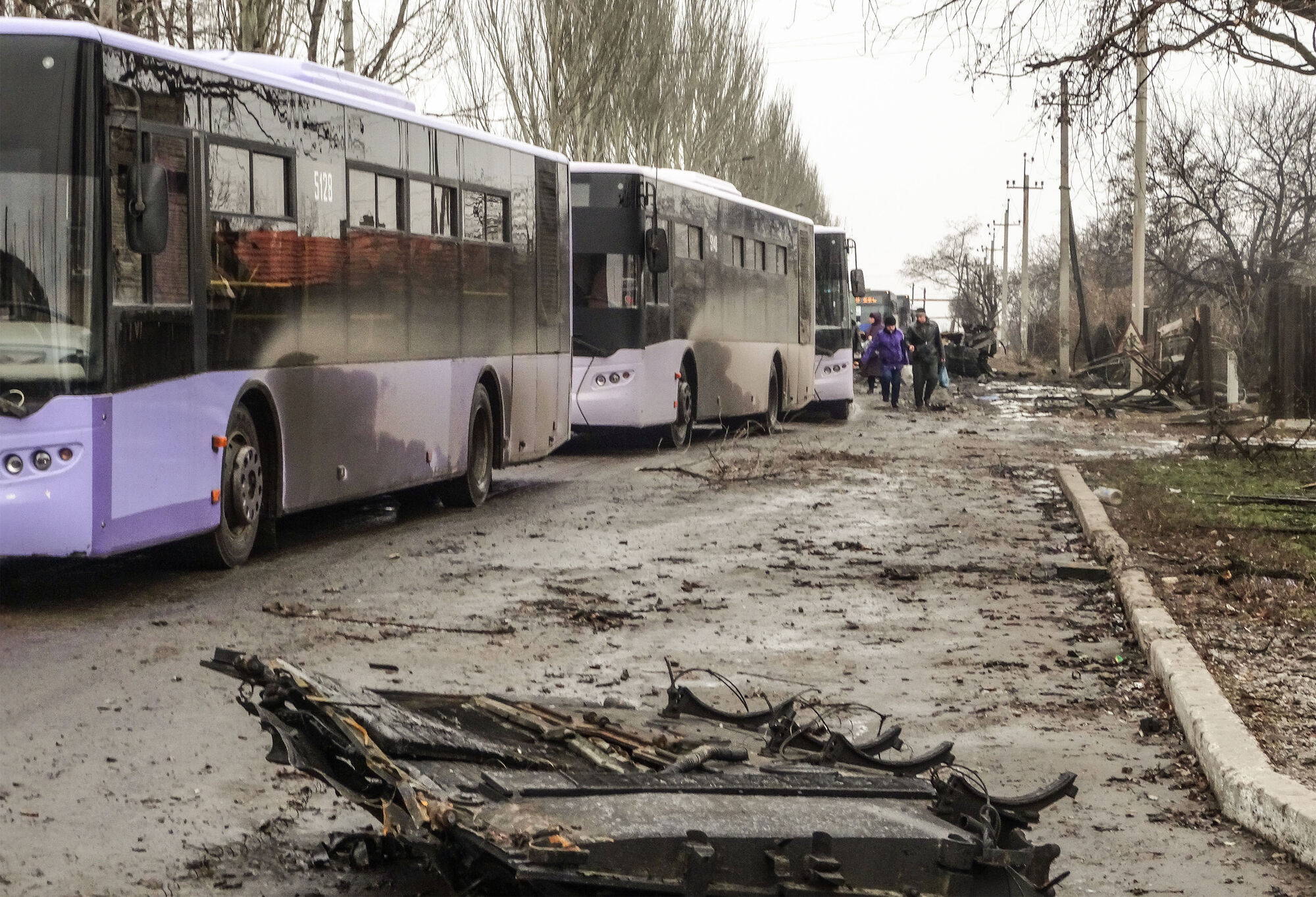
With the fleet all set and ready, the next step is to understand how the communication between the provider and emergency coordinator is going to be optimized. Having consistent communication is essential to understanding the dynamics of the disaster and ensuring a coordinated response.
Effective communication channels should be established between bus providers and the disaster management team. As a result, this enables transportation providers to stay updated on the evolving situation, receive instructions regarding routes and destinations, and adapt their plans accordingly.
By maintaining open lines of communication, bus providers can align their efforts with the overall evacuation strategy. This allows providers to plan the most efficient and safest routes to bring those on board to safety.
In fact, when selecting evacuation routes, several factors should be considered, such as the shortest route to designated destinations, the capacity of proposed routes to accommodate the mode of transportation, and the availability of infrastructure to disseminate real-time conditions to evacuees en route.
In addition to getting people out of a disaster, transport is also needed to get the personnel and equipment to the crisis-hit zone to provide the necessary support. Technical staff and all the other types of volunteers need an accessible way to arrive at disaster scenarios, especially when specific transport services have been disrupted.
On top of passenger transportation, another crucial role is the transportation and distribution of supplies to communities that have been cut off. This can include medical supplies, food and water, clothes, and much more.
The dynamics of such services are ultimately shared with evacuation services; but instead of transporting people out of danger, this time transport providers are going into potentially dangerous areas.
There are many things to consider when organizing this type of service. Here, it’s critical to reiterate the importance of communication with emergency coordinators so that transport providers have a crystal-clear picture of the situation they’ll be going into. For example, providers need to understand how the disaster has affected the surrounding area; whether the roads have been affected, or whether there are additional obstacles transport providers need to consider.

Another important consideration is deciding which operator should drive the vehicle during a given service. Experience, training, and style are all paramount factors to consider when choosing a driver. Investing in formal Emergency Response & Crisis Management Training is a strategic way of guaranteeing drivers are aware of their responsibilities and how to navigate.
Read more information about driver training in a short article by the U.S. Department of Transportation.
Besides actively moving people, staff, and supplies during the event of a crisis, bus providers can even transform their fleets into temporary mobile command centers to facilitate coordination, communication, and logistics. These buses can ultimately be used as on-site coordination hubs for emergency management organizers.
Most fleets are already equipped with reliable communication systems, such as radios and satellite phones.
More recent models even have the power to ‘blast out’ a strong enough WiFi signal to provide internet connectivity to those in the vehicle’s vicinity. This is an optimal way to connect those trying to provide support during a disaster but also allow the affected community to remain connected to their families and friends.
To provide this type of support, fleets need to have a stable power source to ensure the operations run smoothly and uninterrupted.
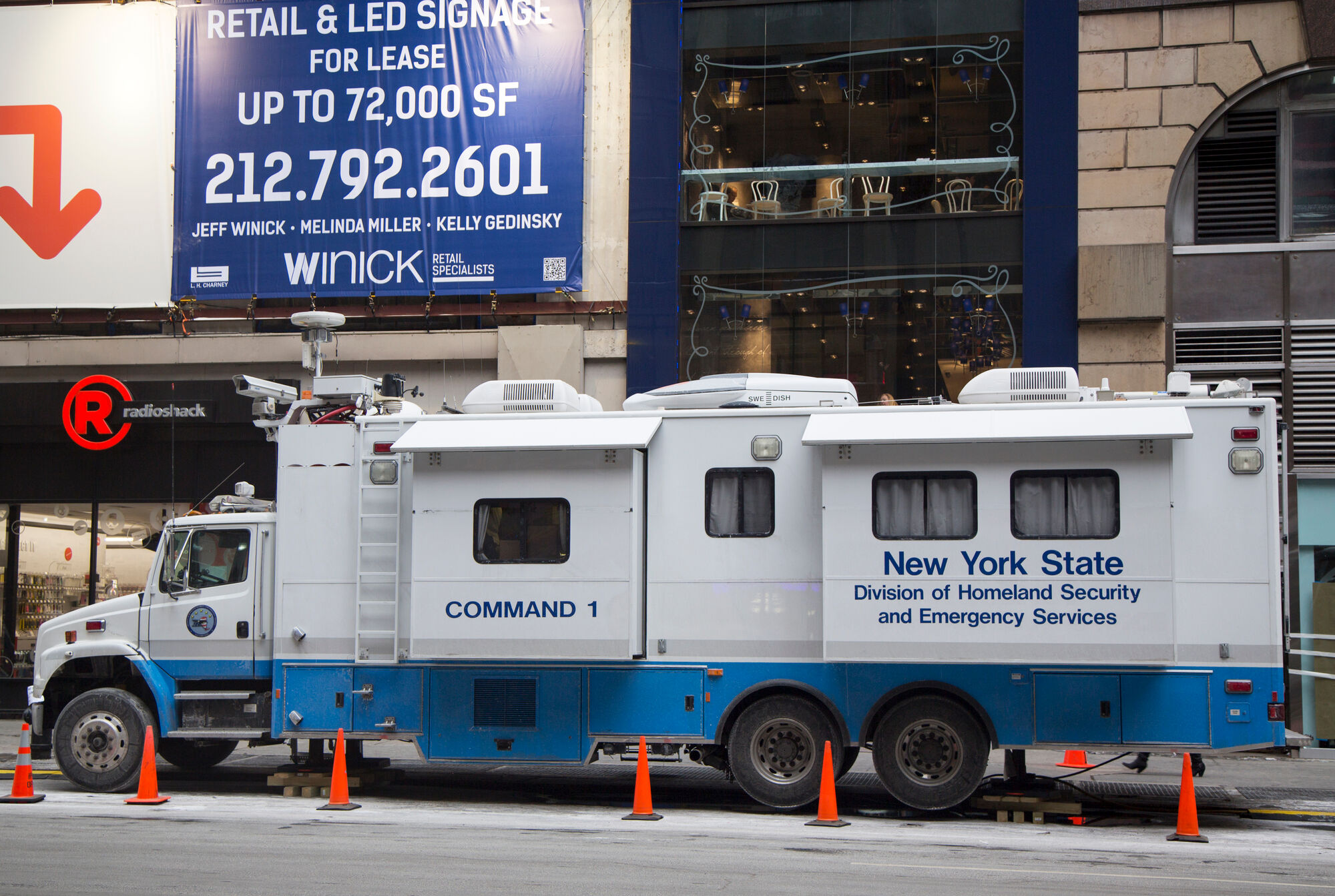
The tricky part for bus providers is finding a reliable power source when the major lines are down. However, this can be achieved through onboard generators, solar power, and even connections to external power sources. An example of the latter could be connecting to a communities local electrical grid (if it’s still running) to provide the necessary power.
In some scenarios, a command center might need to be relocated due to the nature of the disaster. This is the advantage of using buses as mobile command centers because of the flexibility and mobility they provide.
During some more complicated disaster scenarios, it might not be possible to transport people to the intended safe spot (e.g. Hotels, community halls). Instead, the fleet itself offers a versatile and mobile solution to accommodate those in need and can be utilized as temporary shelters.
The varying typologies of vehicles within a fleet, from motorcoaches to minivans, have a great deal of flexibility, which is greatly beneficial in disaster scenarios. Fleets can often be transformed into functional and comfortable spaces suitable for temporary living arrangements.
This conversion process involves the removal of seats to create an open floor plan that can be optimized for different purposes. By utilizing the existing infrastructure and space, emergency responders and relief organizations can quickly deploy these mobile shelters to areas where they are most needed.
This adaptability allows for various amenities to be incorporated into the temporary shelters. Basic necessities such as beds, sanitation facilities, and storage areas can be installed, ensuring the physical well-being and privacy of the displaced individuals. Additionally, temporary electrical and plumbing systems can be set up to provide lighting, heating, and access to clean water, further enhancing the living conditions within the converted buses.
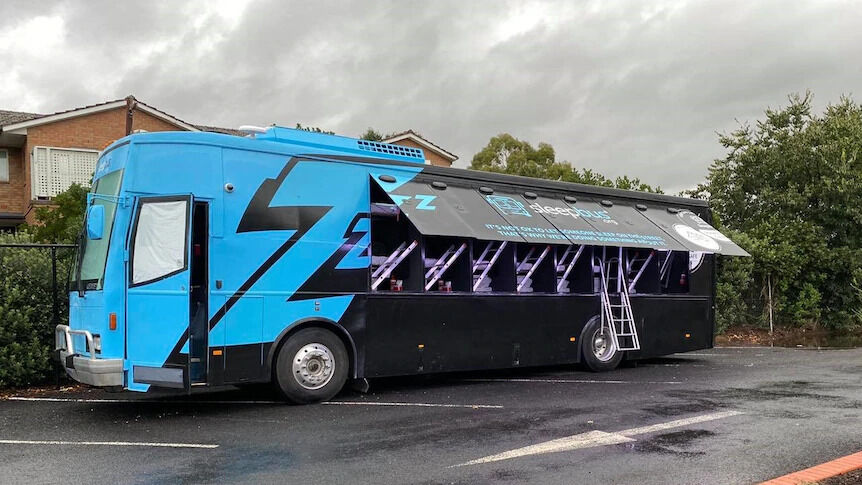
Perhaps a more overlooked advantage of converting buses into temporary shelters is the fact that it can promote a sense of community and solidarity among the displaced communities.
By organizing the buses in a designated area, social spaces can be created, allowing individuals to interact, share resources, and support one another. This fosters a supportive environment and helps mitigate the psychological impact of the crisis, providing a sense of stability and hope in the midst of chaos.
While the previous points mainly concerned the hands-on support disaster-relief transportation can provide to crisis-struck areas, the fifth and final point takes a step back to observe the dynamics of disasters from a wider angle.
More specifically, what can transport providers do in the long run to support a community affected by a disaster?
The fact of the matter is that the communities affected by disasters need continuous support, even long after the initial crisis, to provide ongoing support to rebuild their lives to the level they were before — ongoing support where transportation remains part of the backbone. For this reason, bus providers can assist in many other areas of support besides the evacuations & aid phase.
Such support may consist of providing transportation logistics for community meetings and working with the local emergency coordinators to adjust their plan of action for the current situation’s relief and also the potential future disasters that might affect nearby communities. Especially if a community’s transport infrastructure has been badly damaged, bus providers can collaborate with local authorities and organizations to assist in its restoration.

As a community begins to rebuild, providers can also contribute to the economic recovery by providing employment opportunities to the community members who have been particularly affected by a crisis. This can consist of hiring community members for bus driving or maintenance, and even administrative positions which can support local livelihoods.
Transportation is often central to any large-scale intervention, and bus providers can play an important role in this thanks to the versatility and flexibility offered by the fleets whose transport solutions extend beyond the scope of the typical, daily services — disaster-relief transportation being a prime example.
From evacuations to temporary shelters, and everywhere in between, we have seen how transport providers can work closely with local organizations to strengthen their emergency plans in the event of a disaster.
In addition, we have seen how the dynamics of disaster-relief transportation during a disaster can bring communities together and keep their spirits high during a difficult time.
This is because transportation is much more than merely moving people from point A to point B; transportation offers an array of different ways to sew together the gaps of the wider transport network, to ultimately sew our communities together.

ABOUT SCOTT FRANKLAND
Scott Frankland is Head of Content at Sengerio. His spirit of inquiry leads him to the world of transportation and mobility to connect with the industry’s leading experts and shine a light on the hot topics.

ABOUT EDOARDO ZACCARIA
Edoardo is the Sengerio Customer Success Manager and a passionate climber. His interpersonal skills and ability to build strong relationships have been invaluable in helping customers successfully get the most out of the Sengerio platform.